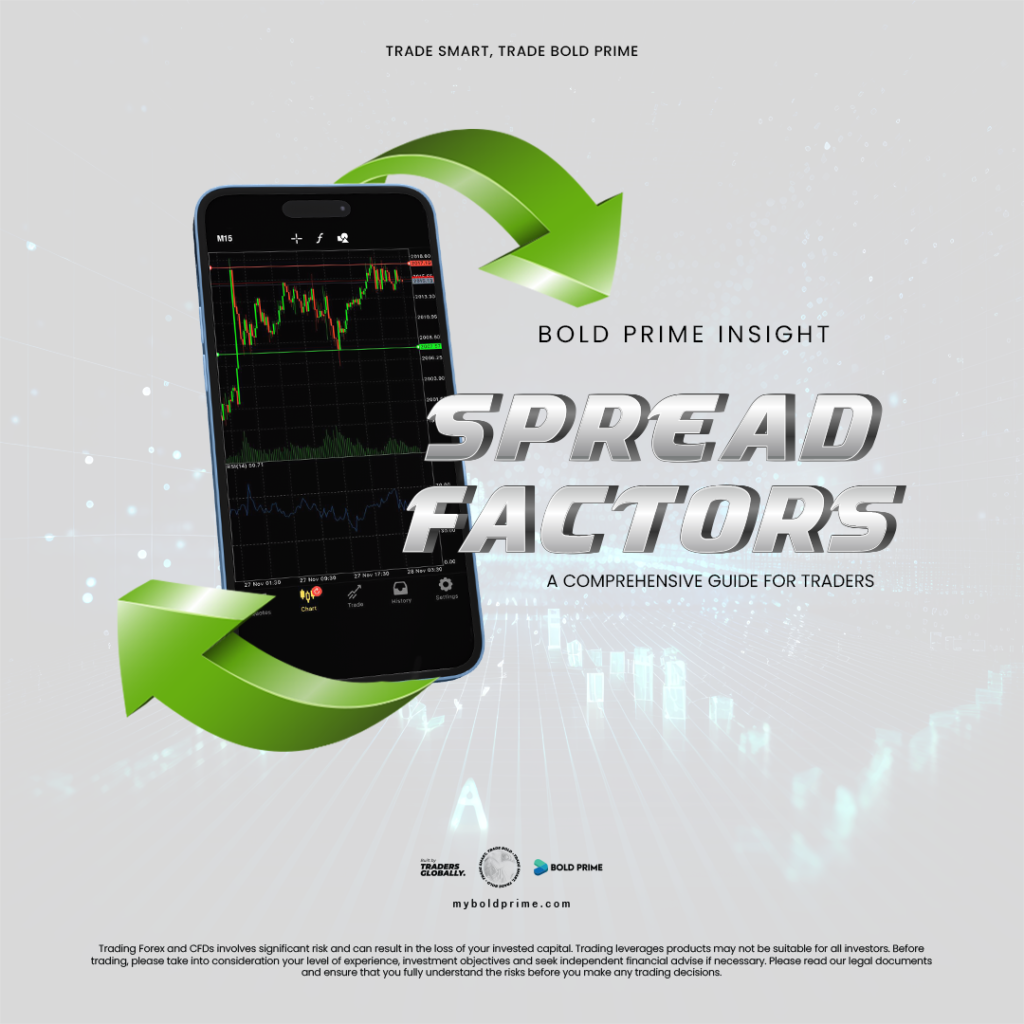In the intricate world of financial markets, the term “spread” holds paramount significance. It represents the distinction between the buying and selling prices quoted for a given financial instrument, offering insights into the market’s liquidity and dynamics. Let’s delve into the details of spread, examining its types and the factors that wield influence over its size.
Understanding Spread:
A Concrete Example to grasp the concept of spread, let’s consider the EUR/USD currency pair as an illustrative example. A typical price quote for this pair might look like this: 1.4401 / 1.4404. Here, the spread is calculated by the difference between the buying price (1.4401) and the selling price (1.4404), amounting to 3 pips.
Types of Spread:
Navigating Market Dynamics
Floating Spread:
Characterized by its dynamic nature, a floating spread is subject to change based on market conditions. It can fluctuate in real-time, responding to the ebb and flow of the financial markets.
Fixed Spread:
In contrast, a fixed spread is predetermined by the broker’s trading terms. This type of spread remains constant, providing traders with a predictable cost structure for executing trades.
Influential Factors:
Unveiling the Spread Size
Liquidity:
Liquidity plays a pivotal role in determining the spread size. Generally, the more liquid a trading instrument, the narrower the spread. High liquidity translates to a more active market, facilitating smoother transactions with reduced spread.
Transaction Volume:
The interaction between buyers and sellers directly impacts the spread. A higher transaction volume in the market increases the likelihood of market makers facilitating trades, contributing to more favorable conditions and a narrower spread.
Volatility Level:
Market volatility is a key determinant of spread size. During periods of heightened uncertainty, the spread tends to widen. This practice serves as a protective measure, ensuring that market participants are shielded from potential risks in turbulent market conditions.
Understanding the dynamics of spread is essential for traders navigating the financial markets. Whether it’s the flexibility of a floating spread or the predictability of a fixed spread, recognizing the factors influencing spread size empowers traders to make informed decisions in the ever-evolving landscape of financial trading.








































